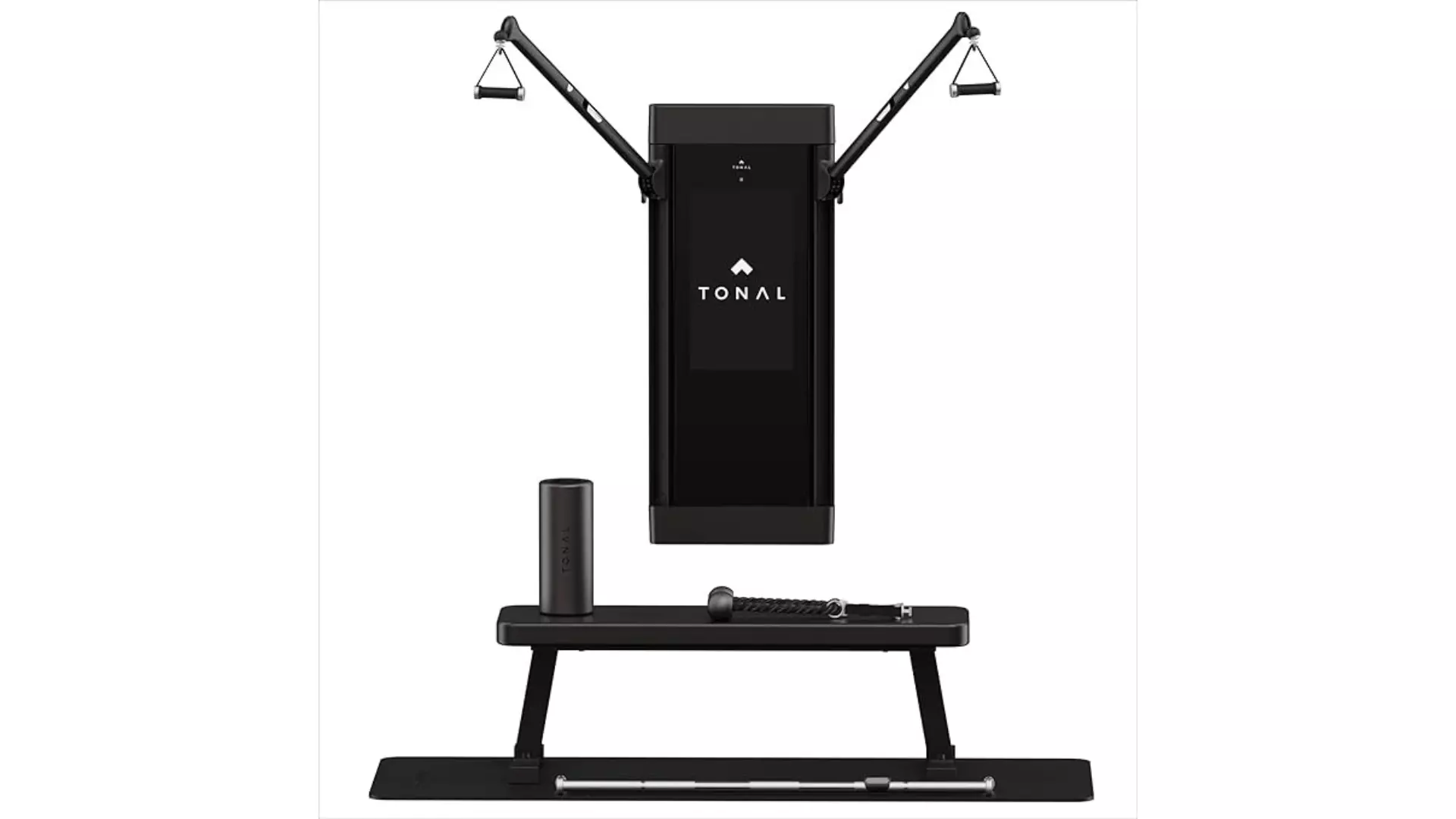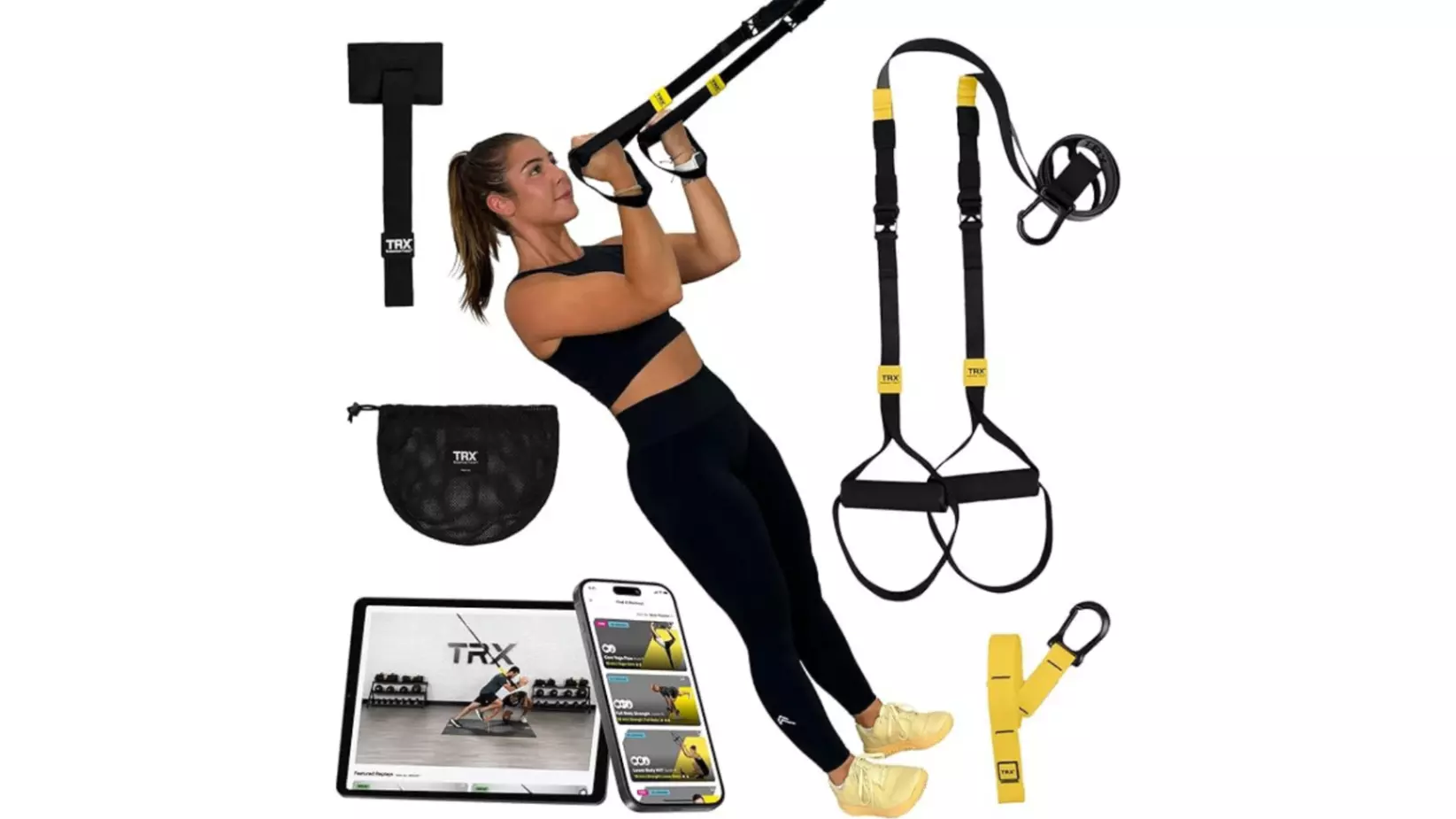In the post-pandemic era, fitness is more than dumbbells and treadmills. Smart home gyms — powered by AI coaching, motion sensors, and data-driven personalization — have revolutionized how people work out at home.
Envision coming home to your living room, firing up a wall-mounted digital mirror and having a virtual trainer walk you through every move — correcting your form, tracking your calories, and adjusting difficulty on the fly. Sounds futuristic? That’s the reality of high tech fitness equipment in 2025. These intelligent home gym systems combine connected strength training with adaptive digital coaching.
But the thing is, are smart home gyms actually worth it? And let’s see how they stack up against the traditional gym, their pros, challenges and what to look out for before you buy.
Table Of Content
- Are Smart Home Gyms Worth the Cost?
- Best Smart Home Gym Equipment 2025
- Smart Home Gym vs Regular Home Gym
- Smart Home Gym Pros and Cons
- Features to Look for in a Smart Home Gym
- Smart Home Gym Maintenance Tips
- Expert Opinion: What Fitness Coaches Say
- Conclusion
- Frequently Asked Questions
Are Smart Home Gyms Worth the Cost?
The main hesitation most people have is price. Spending over $1,000 (or ₹80,000+) on fitness gear sounds steep — but here’s the bigger picture.
Long-Term Value
- No gym commute or membership fees (which can add up to $500–$800 annually).
- All-in-one training (cardio, strength, yoga, and HIIT in one system).
- Motivation boost: AI tracking creates consistency and progress visibility.
Who Benefits Most
- Busy professionals seeking convenient workouts.
- Fitness beginners needing guided support.
- Apartment dwellers with limited space.
While it’s not for everyone, the cost often balances out over 1–2 years, especially for those committed to home workouts.
Best Smart Home Gym Equipment 2025
If you’re looking to set up a complete smart home gym, we’ve curated some of the best products to help you achieve your fitness goals. Each item brings smart technology, versatility, and space-saving features to your home workout setup. Let's take a look at these smart exercise machines.
1. Speediance Gym Monster Works

The Gym Monster Works is an all-in-one home gym system with a 21.5" LCD touch screen, adjustable barbell, tricep rope, yoga mat, and more. It supports digital weight up to 110LB per arm and integrates WiFi & Bluetooth, offering an interactive workout experience.
Pros:
- All-in-one solution with multiple attachments
- Digital weight tracking and precision
- WiFi & Bluetooth enabled for smart workouts
Cons:
- Large footprint — requires space
- Complex for beginners without guidance
2. Tonal 2 Strength Training System

Tonal smart home gym is a sleek, best wall-mounted exercise equipment with AI-guided workouts and automated weight adjustments. Thousands of expert-led workouts from strength training to yoga make it a personal trainer at home.
Pros:
- AI-powered weight adjustments
- Thousands of guided workouts
- 24/7 full gym access at home
Cons:
- Requires subscription for full features
- Higher price point
3. RIXZSIW Smart Gym Mirror

This Android 12-powered mirror doubles as a full-length fitness mirror and entertainment hub. With a 32" touch display, LED lighting, dual speakers, and app integration, it’s perfect for interactive workouts, dance, or yoga.
Pros:
- Full-body mirror for posture correction
- LED ambiance lighting and speakers
- Supports any Android fitness or entertainment app
Cons:
- Assembly required
- Best for cardio/dance, not heavy strength training
4. Superun Foldable Treadmill

The Superun Treadmill is a space-saving treadmill with a 3 HP motor, 5% incline, and speeds up to 7.5 MPH. Foldable design with wheels and Pit-Pat App integration keeps your cardio workouts convenient and interactive.
Pros:
- Foldable and portable
- Multiple speed settings and incline
- Smart app integration
Cons:
- Limited incline
- Smaller running belt compared to commercial models
5. TRX GO Home Gym System

The TRX GO is a portable suspension trainer perfect for bodyweight workouts. It includes straps, anchors, and access to the TRX Training App for hundreds of guided workouts.
Pros:
- Portable and lightweight
- Full-body suspension workouts
- Access to certified TRX trainer-guided workouts
Cons:
- Limited to bodyweight resistance
- Requires anchor points
6. PIRIER Adjustable Dumbbell (10-in-1)

The PIRIER Adjustable Dumbbell lets you switch weights from 10LB to 55LB in 1 second, with a secure dual-locking system. Compact design saves space while providing a versatile strength training option.
Pros:
- 10-in-1 adjustable weights
- Quick 1-second adjustment
- Space-saving and durable
Cons:
- Max 55LB may be limiting for advanced lifters
- No digital tracking
We’ve taken the effort to curate all these essential smart home gym products into a single kit. Whether you’re building strength, doing cardio, or interactive workouts, this kit has everything you need to get started. Check out the complete smart exercise machines Kit now!
Smart Home Gym vs Regular Home Gym
A quick comparison will help you understand more whether it’s worth upgrading your setup and in electronic workout equipment or stick to traditional gym.
| Feature | Smart Home Gym | Regular Home Gym |
| Cost | $800–$3,000 / ₹50,000–₹2,50,000 | $200–$1,500 / ₹15,000–₹1,00,000 |
| Training Type | AI-guided workouts, real-time corrections | Self-guided workouts |
| Tracking | Integrated sensors + app progress reports | Manual tracking |
| Space Use | Compact, foldable, or wall-mounted | Usually bulky |
| Subscription | Often needed for full access | No recurring fees |
| User Motivation | Gamified experience keeps users consistent | Self-discipline required |
Where traditional gyms depend on you to be disciplined, today’s electronic workout equipment offers real-time feedback, progress tracking, and on-demand classes.”
Smart Home Gym Pros and Cons
Pros
✅ AI-driven customization and form correction
✅ Real-time feedback keeps motivation high
✅ Space-efficient designs for compact homes
✅ Access to a wide range of workouts via apps
✅ Syncs with fitness wearables (like Apple Watch or Fitbit)
Cons
❌ High upfront cost compared to basic gym setups
❌ Monthly subscription fees for premium content
❌ Needs stable internet connection
❌ Potential software bugs or sensor issues
Verdict: For tech-savvy fitness lovers or professionals short on time, the pros outweigh the cons, especially as hardware prices drop and software improves annually.
Features to Look for in a Smart Home Gym
When investing in an intelligent home gym, keep the following features in mind before buying.
- AI Coaching: Modifies workouts according to progress and fatigue.
- Automatic Resistance: Smart motors adjust weight in real-time.
- Form Feedback: Cameras/sensors embedded into the desks that ensure proper posture
- App Ecosystem: Integrations with fitness trackers, apps and music services.
- Compact Design: Wall-mounted or foldable designs for urban homes.
- Content Variety: On-demand classes for strength, yoga, pilates, HIIT, and more.
PRO TIP: Opt for brands providing firmware updates & solid customer support to future-proof your investment.
Smart Home Gym Maintenance Tips
Like any high-tech gear, smart gyms need care. Here’s how to keep yours running smoothly:
- Wipe screens and handles after each session.
- Calibrate sensors by every few weeks for precise tracking.
- Keep firmware updated for new features and bug fixes.
- Avoid moisture — place the system in a dry, ventilated area.
- Check cables or motors for wear annually.
Consistent care ensures your equipment performs like new for years.
Expert Opinion: What Fitness Coaches Say
Veteran trainers highlight how AI fitness systems reduce form-related injuries, encouraging consistency with gamification.
According to a 2025 survey by FitTech Global, 68% of users reported improved consistency after switching to smart home gyms.
While coaches note these tools can’t completely replace human trainers, they are excellent for tracking progress, maintaining form, and sustaining motivation — especially for self-disciplined users.
Conclusion
Smart home gyms aren’t just a luxury — they’re the future of home fitness. With custom AI coaching, compact design and convenience, they work for busy people around the globe.
If you’re serious about health and productivity, a smart fitness setup investment might just change the way you workout, forever.
💡 Don’t forget to explore our Smart Home Gym Kit — we’ve brought together all the top-rated products from this guide in one place to make it easier for you.
Frequently Asked Questions
1. What is the best smart home gym 2025?
Tonal, Tempo, Speediance, and Mirror remain top-rated for their AI coaching and compact design.
2. How much does a smart home gym cost?
Typically $800–$3,000 (₹50,000–₹2,50,000), depending on brand and features.
3. Do smart home gyms need subscriptions?
Some require monthly plans for advanced features or live classes, but most offer free basic workouts.
4. Are smart gyms good for small apartments?
Absolutely — wall-mounted and foldable options are perfect for urban homes.
5. Can smart home gyms replace personal trainers?
They can supplement or replace trainers for most users, offering data-driven form correction and motivation.






Comments (0)
Please log in to leave a comment.
No comments yet. Be the first to comment!